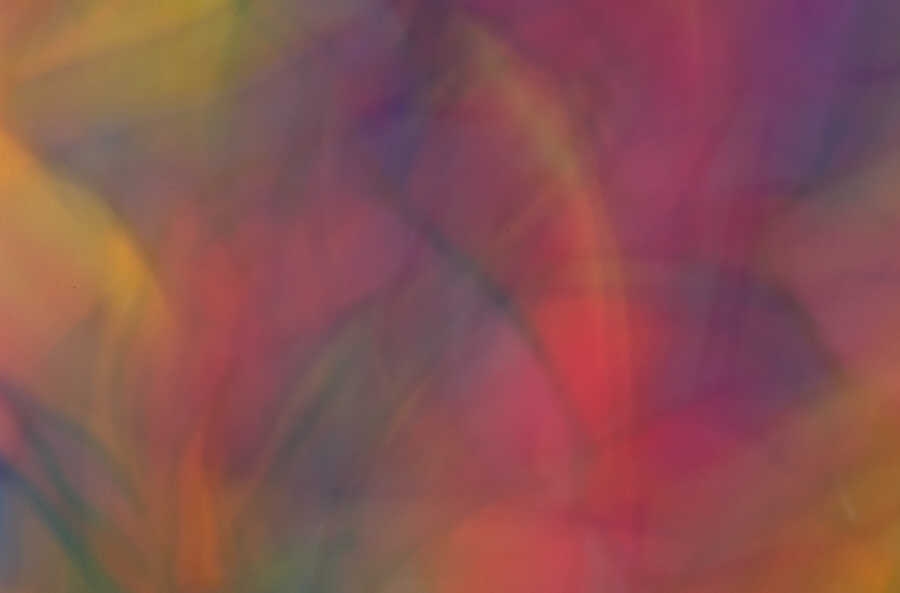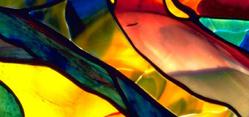ArtsNetworksBlog
Mid 20th. Century African American Art (Part-C)
by albert hudson on 11/16/13
After the Second World War, some artists took a global approach, working
and exhibiting abroad, in Paris, and as the decade wore on, relocated gra-
dually in other welcoming cities like Copenhagen, Amsterdam, and Stock-
holm: Barbara Chase-Riboud, Edward Clark, Harvey Cropper, Beauford
Delaney, Herbert Gentry, Bill Hutson, Clifford Jackson, Sam Middleton,
Larry Potter, Haywood Bill Rivers, Merton Simpson, and Walter Williams.
Some African-American artists did make it into important New York gal-
leries by the 1950s and 1960s: Horace Pippin, Romare Bearden, Jacob
Lawrence William T Williams, Norman Lewis, Thomas Sills, and Sam
Gilliam were among the few who had successfully been received in a
gallery setting.
The Civil Rights Movement of the 1960s and 1970s led artists to capture
and express the times and changes. Galleries and community art centers
developed for the purpose of displaying African-American art, and col-
legiate teaching positions were created by and for African-American artist.
By the 1980's and 1990s, hip hop graffiti became ppredominate in urban
communities. Most major cities had developed museums devoted to Afri-
can-American artists. The National Endowment for the Arts provided
increasing support for these artists.
Important collections of African-American art include the Walter O.
Evans Collection of African-American Art, the Paul R. Jones collec-
tions at the University of Delaware and University of Alabama, the
David C. Driskell Art collection, the Harmon and Harriet Kelley
Collection of African-American Art, the Schomburg Center for
Research in Black Culture, and the Mott-Warsh collection.
Mid 20th. Century African American Art...(Part-B)
by albert hudson on 10/10/13
The current market price for an original Highwaymen painting can easily bring in
thousands of dollars. In 2004 the original group of 26 Highwaymen were induc-
ted into the Florida Artists Hall of Fame. Currently 8 of the 26 are deceased,
including A. Hair, H. Newton, Ellis and George Buckner, A. Moran, L Roberts,
Hezekiah Baker and most recently Johnny Daniels. The full list of 26 can be
found in the Florida Artists Hall of Fame., as well as dvarious highwaymen and
Florida art websites.
Mid 20th. Century African American Art.... (Part-A)
by albert hudson on 10/10/13
In the 1950s and 1960s, few African-American artists were widely
known or accepted. Despite this, The Highwaymen, a loose associa-
tion of 26 African-American artists from Ft. Pierce, Florida, created
idyllie, quickly realized images of the Florida landscape and peddled
some 200,000 of them from the trunks of their cars. In the 1950s
and 1960s, it was impossible to fine galleries interested in selling art-
works by a group of unknown, self-taught African Americans, so
they sold their art directly to the public rather than through galleries
and art agents. Rediscovered in the mid-1990s, today they are re-
cognized as an important part of American folk history.
African-American Art
by albert hudson on 08/05/13Definition of African American Art
About the Hudson Institute of African American Heritage & Global Arts Museum
by albert hudson on 07/30/13
The Hudson Institute of African American Heritage and Global Arts Museum is the product of a life-long inspiration and love of Arts and Humanities. The museum was founded on September 11, 2007; by Deacon Albert Calvin Hudson; who is cur-rently a Ordained Pentecostal Deacon in addition to being a Retired California Peace Officer and a Retired United States Naval Communications Petty Officer.
Museums Mission
The Institution was created as a forum for the presentation of the African American Journey and as a medium for the exhibition of global arts. It is dedicated to collec-ting, Preserving and Interpreting the material and intellectual culture of all people of African Ancestry. The museum is committed to telling the story of African descen-dants in all of it's Permutations: Family Life, The Civil Rights Movement, Arts and Entertainment, Sports, Politics, Law, Medicine, Religious Technology.
The mission also is to serve the community by providing a forum for the promotion of Human Achievements and Cultural Enhancement Programs, also to exhibit represen-tative arts and industrial expositions.






